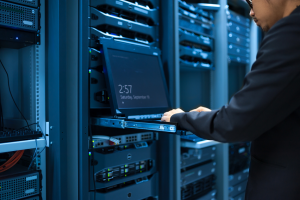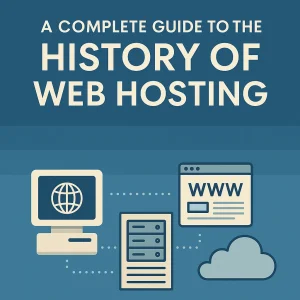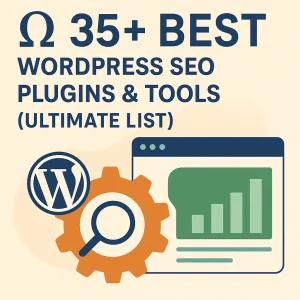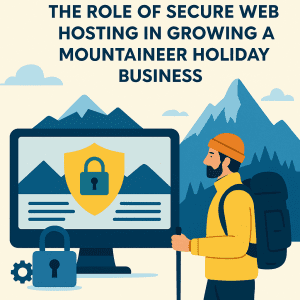 Profound developments in digital technology over the last 10+ years have made it so that there’s more than one means of doing something 9 times out of 10. As it relates to being able to access and utilize data that’s been hugely beneficial, but with greater means of whatever it may be comes greater risk of that accessibility being abused by those who don’t have legit intentions when it comes to how that data and / or resources are utilized.
Profound developments in digital technology over the last 10+ years have made it so that there’s more than one means of doing something 9 times out of 10. As it relates to being able to access and utilize data that’s been hugely beneficial, but with greater means of whatever it may be comes greater risk of that accessibility being abused by those who don’t have legit intentions when it comes to how that data and / or resources are utilized.
It is not really physical access control that’s at issue here when it comes to security risks associated with all of this, and instead it’s much more related to logical access controls. The difference between the two is that logical access is primarily for access to a digital space of some sort, and so it makes sense that any and all cybersecurity risks that are inherently increased with digital access controls are going to bee seen in that logical access space. Examples can be passwords to access files on a shared server, or biometric credentials to access certain features on corporate networks.
As we all know there’s no going back when it comes to tech progress, and part of being a quality Canadian web hosting provider is seeing, understanding, and being responsive to changing realities that are occurring as technology makes resources accessible is a part of being accountable to those who trust us with their web hosting. Some people won’t have any need to take so much of an interest in it, but others will and we feel it’s helpful to be informative where we can be.
We’ve also seen how cloud computing has become so integral in every aspect of modern computing and with ecommerce very much tied into tit. What we’re seeing now is how access control tech is increasingly dependent on cloud-based solutions, and there’s plenty of good reasons for that It’s what we’ll look at with this blog entry.
Progressively Less Secure
Developing and implementing managed access control systems continues to be an aspect of physical security that is of paramount importance for most modern organizations. There are reports indicating the global access control and authentication market is growing at cumulative annual rate of 11.4% and should reach a total market size of $37.2 billion by 2032.
The relevance of this is based on the way physical access control systems continue to be utilized by organizations of all sizes, with estimates putting 41% of businesses operating physical access control technology believing their systems meet or exceed necessary functional requirements.
But these days several contributing factors are detracting from the efficacy of some installed physical access systems. There is an estimated 38% increase in global cyberattacks that pose significant threats to security systems, and many businesses may feel their systems need updating to incorporate more touchless access solutions in the wake of the pandemic.
In response to all this there have been continued developments in the field of cloud-based access control technology that aim to address the growth of more pressing security concerns. Integrated systems can now provide security teams with automated responses, predictive analysis features and remote-access functionality. But why is it that cloud-based solutions are so integral to the future of access control tech for modern businesses?
Flexibility & Authority
Cloud-based security management platforms enable admins to configure and adjust active systems much more quickly and from remote locations using any secure smart device. One of the biggest pluses is this lets teams to immediately respond to detected anomalies and revoke live permissions if necessary. They can also view live data feeds pertaining to connected devices to better understand unfolding incidents.
Organizations with a cloud-based access control solutions enjoy so much more in the way of flexibility and authority over the management of physical security responses and there are significant benefits to cloud-based access control. For starters they have the option of hosting the management of access control solutions within cloud servers, security and IT teams to extend the functionality of existing hardware, and extending it far beyond the limitations of a segregated system.
This means access control devices can be informed by data from additional systems to measurably improve the efficacy of incident responses, along with much more far-reaching customization. It will also prevent unauthorized access to private properties by limiting entry only to persons carrying verified credentials. This will be dependent on modern access control systems being designed to provide users with a convenient way to enter facilities though.
Cloud-based access control solutions are well equipped to mitigate these concerns, and they do it by enabling security and IT teams to view live access logs and adjust active hardware remotely. This means issues regarding suspected faults can be seen to without delay and admins can grant access to guests and visitors remotely. The biggest advantage to this is contractors and interviewees can be managed appropriately.
The last big advantage we’ll highlight here is how cloud-based security cameras equipped with AI data analytics software can be connected to access readers via a wider web-based management platform. When cameras are able to intelligently detect suspicious events and correctly identify them and their nature then access control locks can be automatically engaged and security teams can be notified remotely.
Cloud-based access control systems will also be set to receive significant data security and maintenance benefits when they are hosted on cloud servers. Identifiable user data is then made available to teams when needed and smart automatic backups will minimize the risk of data loss.














